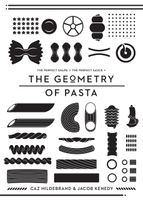Advertisement
Busiati
By Caz Hildebrand and Jacob Kenedy
Published 2010

There are two forms of busiati, made in almost identical manners but looking quite distinct. The other is listed under maccheroni inferrati and is more similar to hand-made bucatini or hollow pici – the version described and illustrated here looks and behaves like a coiled telephone wire. From Sicily (and Trapani in particular) this, along with spaccatelle and cuscussù, makes up the triumvirate of Sicilian pastas. Notwithstanding that all pasta came to Europe via the Arabs, the link between the Latins and the Moors is particularly strong in Sicily. Cuscussù is an obvious result – but this marriage of races is also evident in busiati, which take their name from busa (a type of reed), itself stemming from the Arabic bus.



